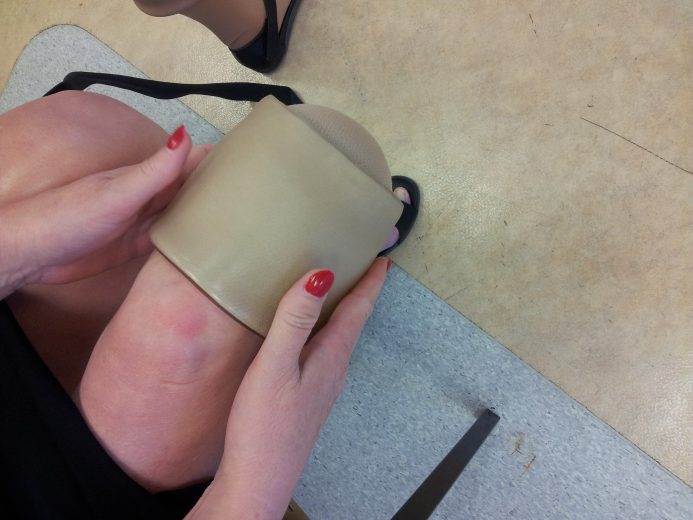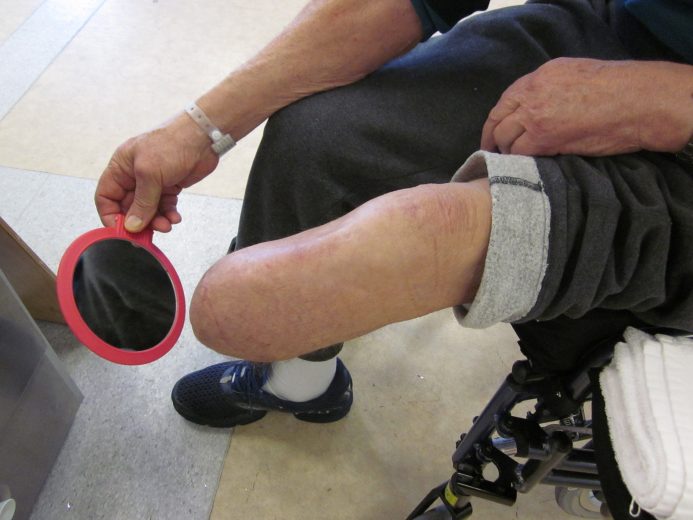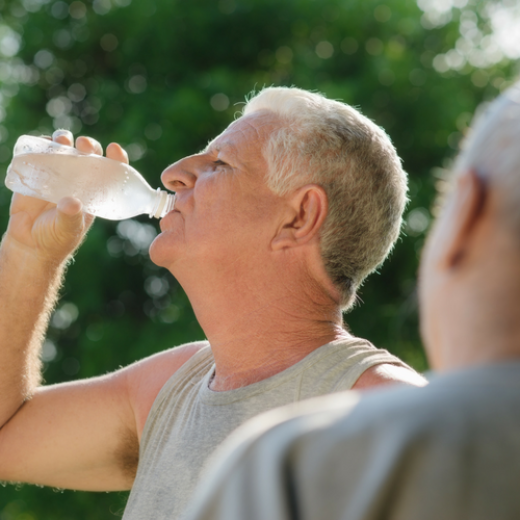Speaking to another amputee can make a real difference to your recovery and ease your concerns. We call this type of assistance Peer Support.
Following surgery, you will need time to recover. It is also a time to set goals about your journey ahead. Here, we help to guide you through the process to navigate your pathways forward.
Effectively managing your short and long term health will lead to better outcomes and prevent future problems.
Getting the right kind of prosthesis to suit your lifestyle needs and daily level of activity is important.
People are often concerned about the costs involved in getting a prosthesis. In Australia, there are a number of different funding schemes and it can be easy to get confused and to know what you are eligible for.
Home / Health Matters / Skincare and Hygiene
During the first year following your amputation you will notice a number of changes. Your stump may continue to reduce in size and change in shape as your body adjusts to wearing a prosthesis. You may find that you need to visit your prosthetist more frequently during this time. During the second and third year, your body and stump will start to stabilise and the need for adjustments (changes) to your prosthesis will generally become less frequent.
Any red marks or changes to your skin should be attended to if they do not fade after 15 minutes from the time you remove your prostheses.
There are a number of things that you should think about:
Skin hygiene is very important; you should wash, clean and dry your residual limb (stump) daily, when bathing or having a shower as part of your regular personal hygiene routine.
Stump socks and prosthetic liners should be cleaned and changed daily with a gentle fragrant-free anti-bacterial soap, and rinsed well. More often if you sweat heavily during warmer months. Always dry your socks and liners properly.
Stop wearing your prosthesis if you have any pain or discomfort.
Wear safe and comfortable shoes.
Click here if you would like to download the fact sheet about Skincare Tips

Taking care of your residual limb (stump) is extremely important. You need to get into a regular routine and check your limb on a daily basis, including when you experience any pain or changes in the way it fits
Remember: A prosthesis should not cause you pain.

Amputees often report an increase in their body temperature. This can be caused by a number of reasons;
You may find that during warmer months you will need to change your stump socks more frequently. You may also need to take off your liner and dry it (if you sweat a lot) and re-donn or swap it with a clean, dry liner.

Amputees regularly ask about shaving, waxing or having laser-therapy on their stump. Your healthcare team will discourage you from doing this. If you do decide to wax or shave your stump and the hair follicle becomes infected, you may be unable to wear your prosthesis until the infection clears. Seek advice and a second opinion if you are worried or concerned.
Download our Fact Sheet on Skin Care
Keep up to date with our latest news, events and information
